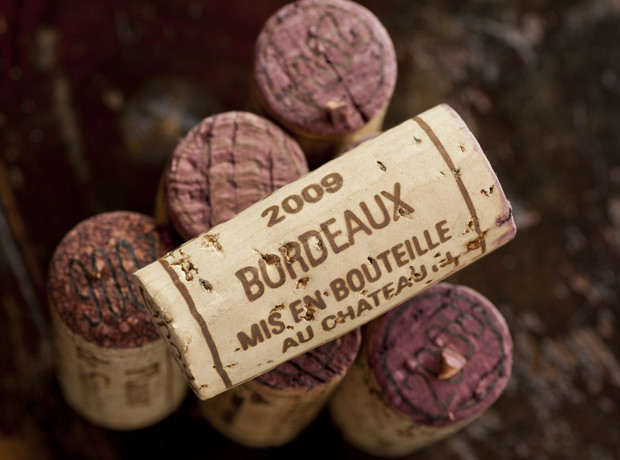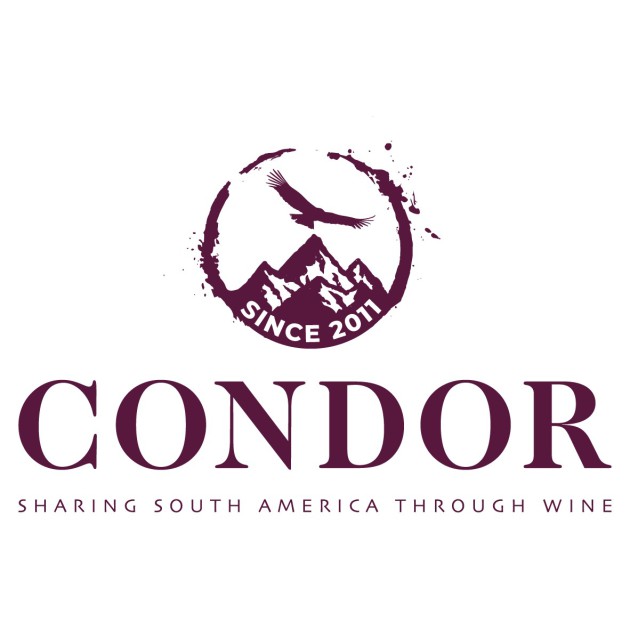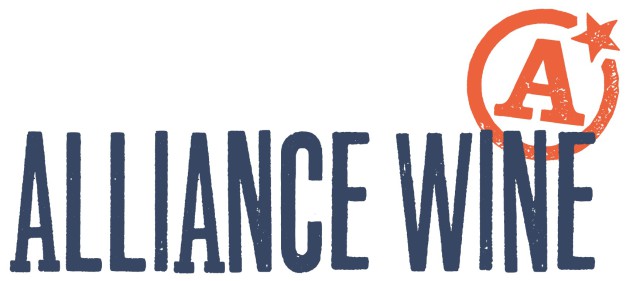
Bordeaux pulls away from entry level as exports rise
2017 saw an increase in exports for Bordeaux to key markets such as UK, Germany and Belgium, with the US and China also on an upward trajectory, delivering significant growth in higher priced wines.
Speaking to Harpers, Allan Sichel, president of Bordeaux governing body CIVB, said: “This is a real turning point for major European destinations [of Bordeaux wines], with growth also continuing in China and the US, so it is a very strong trend.”
“Exports to key European markets had been declining, but in 2017 they increased to our key European markets, with the UK volume up 8% and value up 29%, and Germany and Belgium also on the rise”
While a significant chunk of that value rise in the UK was attributed to the shipping of 2015 en primeur wines, Sichel said that “there had been a shift in value of the make up of shipments, not just en primeur, with a larger proportion of wines such as Medoc and St Emillion showing growth in higher price points,” with the generally good “2015 and 2016 wines coming onto the shelves, which has helped”.
A combination of reduced supply and subsequent sales at entry level prices, coupled with “a recent turnaround” in higher value multiple grocer sales of Bordeaux, is driving an uplift of Bordeaux in what the CIVB described as the middle segment of £7 to £20 wines.
“This reflects general consumer movement towards drinking less but better, what the consumer is looking for at the moment, and prepared to pay a little more for it,” said Sichel.
The CIVB’s ongoing marketing, underpinned by its new ‘Bordeaux, Ambitions 2025’ strategic plan (to be finalised at the body's AGM in April), has increasingly focused on a mix of digital online and social media, including a Bordeaux wine app, primarily targeting young professionals, looking to reposition Bordeaux in consumer minds with a greater focus on the diversity of the region. This includes the whites, roses and sparkling Cremant wines, all of which are in growth and seen as having the potential to broaden sales from the region.
“We are putting across the message that rather than Bordeaux being one big industry, we want to show a collection of smaller growers, connecting with the artisan side, and more generally being very diverse as a region.”
The body is also keen to relay the message that Bordeaux reds, helped along by climate change, are today fresher, fruitier, with less heavy tannin and oak, with lower intervention winemaking, all delivering more accessible wines in line with the global trend.
Asked if there would be enough wine to satisfy the global market on the back of very low volumes from the 2017 harvest (down 40%, at 3.5 million hl, compared with 5.6 million hl in 2016), Sichel said that he was “not worried” as there are currently enough stocks to meet demand, although admitted that the Bordelais are currently planning ahead to help mitigate the effects if there is another shortfall in 2018.
“There are certain tensions, but no worries of continuing to supply [our] major markets, we have enough stocks, although a reduction of stocks until the 2018 vintage replenishes reserves,” said Sichel.
“The frost of 2017, with the harvest very badly hit, means Bordeaux is accelerating its exit from the basic segment, with scarce availability of entry level wines – this segment was always supplied by default, but when a grower is supplying entry level it doesn’t make any financial sense, so a strategic decision to move out of entry level coupled with short availabilty for 2017 has accelerated that movement,” he added.
Sichel admitted, though, that another shortfall like 2017 couldn’t be easily sustained, and would put strains on supply and further increase upward pressures on price.
Picking up on the theme, the CIVBs marketing director François Jumeau outlined another side to ‘Bordeaux, Ambitions 2025’, which in addition to looking outward at how to “improve visibility and understanding of Bordeaux”, will also be examining how to “drive the whole industry in Bordeaux, the internal mechanics… looking at ways of building up reserves without impacting on availability.”
As with many producing regions hit by the dramatic vintage shortfalls in 2017, Bordeaux will be hoping for a generous 2018 harvest to redress the balance and underpin future supply.








